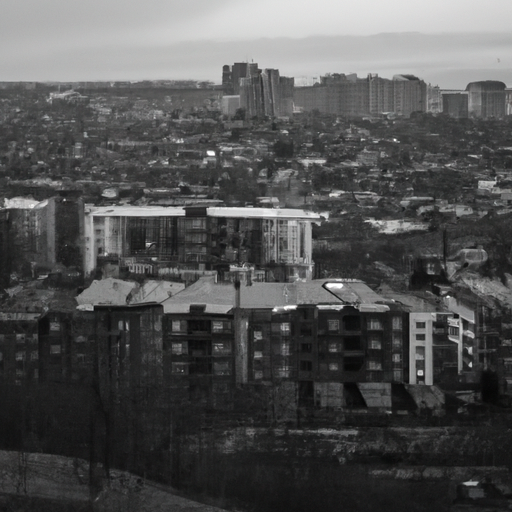Hamilton’s Bold Stand Against The Canadian Opioid Crisis
In the current climate of the global pandemic, another public health crisis has been steadily unfolding. This is the devastation brought by opioids, which has aggressively swept across Canada leaving a trail of social and economic turmoil in its wake. In the heart of the devastation is the City of Hamilton, which has not only been affected by the wider Canadian opioid crisis, but has also grappled with a uniquely localized Hamilton opioid crisis.
The Effects of the Opioid Crisis in Hamilton
To fully comprehend the issue at hand, a focus on the effects of the opioid crisis is of paramount importance:
– An increase in crime rates.
A common effect of the opioid crisis across various regions has been a significant increase in crime rates. Hamilton is no exception. The city has borne witness to a surge in property crime rates primarily fueled by the opioid crisis. The crime wave has hit businesses hard, detracting from the city’s allure for potential investors.
– The rise in homelessness.
Evidently, the opioid crisis has had dire consequences on the affected individuals’ quality of life. It has led to an undeniable increase in the number of homeless people in Hamilton, echoing a nationwide trend.
– Strain on the city’s resources.
The opioid crisis has put a strain on Hamilton’s already limited resources. Faced with skyrocketing instances of opioid-related emergencies, Hamilton Emergency Services have found themselves burdened by the substantial uptick in opioid-related calls and the subsequent depletion of their resources.
– The human cost.
Above all else, this opioid crisis has cost countless lives. In Hamilton alone, opioid-related fatalities have risen alarmingly. The human tragedy this crisis is inflicting is immeasurable.
Hamilton’s Efforts to Combat the Opioid Crisis
Despite the ravaging effects of the opioid crisis, Hamilton has not simply stood by and watched. The city has been proactive in taking measures to combat the crisis head-on:
– Injection of funding into Social Services
Understandably, one major step taken by Hamilton was to funnel more funds into key social services, such as shelters, to handle the rise in homelessness.
– Introduction of Naloxone programs.
Hamilton has also introduced naloxone programs that provide the life-saving drug to those in need. In so doing, Hamilton has begun to tackle the frightening rise in opioid-related fatalities.
– Advocacy for a Canadian Opioid Abatement Class action (COAC)
Most notably, Hamilton has called for its inclusion in the Canadian Opioid Abatement Class action (COAC). The intention is to seek compensation from opioid manufacturers and wholesalers for the social and economic impacts of the opioid crisis on the city. If approved, Hamilton will join a growing list of municipalities taking on those believed to be responsible for the crisis.
Wrapping Up
Despite the grim reality, the city of Hamilton has displayed commendable resilience before this opioid onslaught. The municipality’s determination to mitigate the crisis’s effects and seek reparations from those responsible is an important step forward. The hope is that the city’s efforts, coupled with broader nationwide interventions, will soon stem the onslaught of this public health crisis.
One way or another, the ongoing opioid crisis will assuredly remain a fundamental determinant of Hamilton’s future social fabric and economic trajectory. But as it stands, the city’s robust response against it provides an encouraging outlook.
